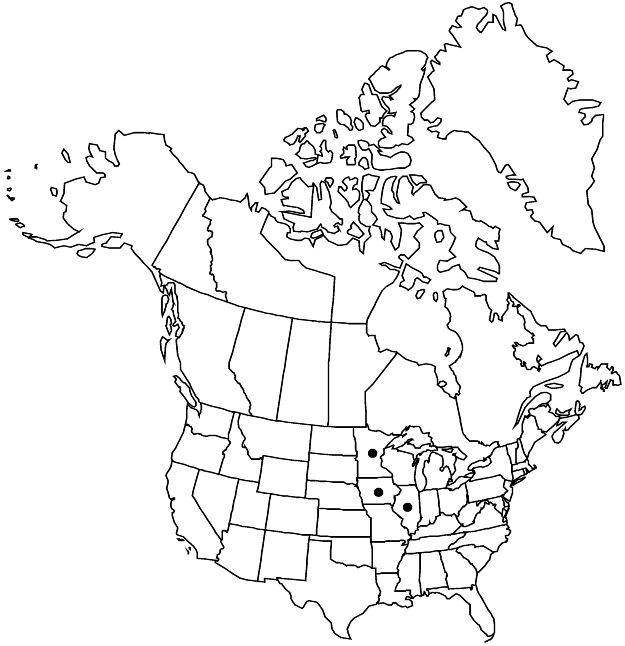Persicaria bungeana
in T. Mori, Enum. Pl. Corea, 131. 1922.
Plants annual, 3–8 dm; roots not also arising from proximal nodes. Stems ascending to erect, ribbed or obscurely so, glabrous or glandular-pubescent distally; prickles 1–1.5 mm. Leaves: ocrea brownish, cylindric, 8–14 mm, chartaceous, base inflated or not, without prickles, margins truncate, ciliate with bristles 2–4 mm, surface with appressed bristles along veins; petiole 0.5–1.5 cm; blade lanceolate to narrowly elliptic, 5–12.5 × 1.5–3.5 cm, base acute, margins entire, antrorsely ciliate, apex acute acuminate, rarely obtuse, faces glabrous or pubescent and, usually, with antrorse prickles along midvein abaxially and adaxially. Inflorescences racemelike, uninterrupted or interrupted proximally, 20–45 × 5–10 mm; peduncle 20–40 mm, usually stipitate-glandular at least proximally; ocreolae usually overlapping, sometimes not overlapping proximally, margins eciliate. Pedicels mostly ascending, 2–3 mm. Flowers 2–4 per ocreate fascicle; perianth pale green, often tinged red, glabrous, accrescent, not becoming blue and fleshy in fruit; tepals 5, connate 1/4–1/3 their length, petaloid, elliptic to broadly elliptic, 3–4 mm, apex obtuse; stamens 8, filaments distinct, free; anthers pink, ovate; styles 2, connate to middle. Achenes included, black, biconvex, 2.5–3 × 2.3–2.8 mm, dull, rugose.
Phenology: Flowering Jul–Sep.
Habitat: Cultivated fields
Elevation: 300-400 m
Distribution

Introduced; Ill., Iowa, Minn., e Asia (n China, Japan, Korea, Manchuria).
Discussion
Persicaria bungeana is a weed of soybean fields (R. N. Andersen et al. 1985). It is not known how or when it was introduced into the midwestern United States.
Selected References
None.